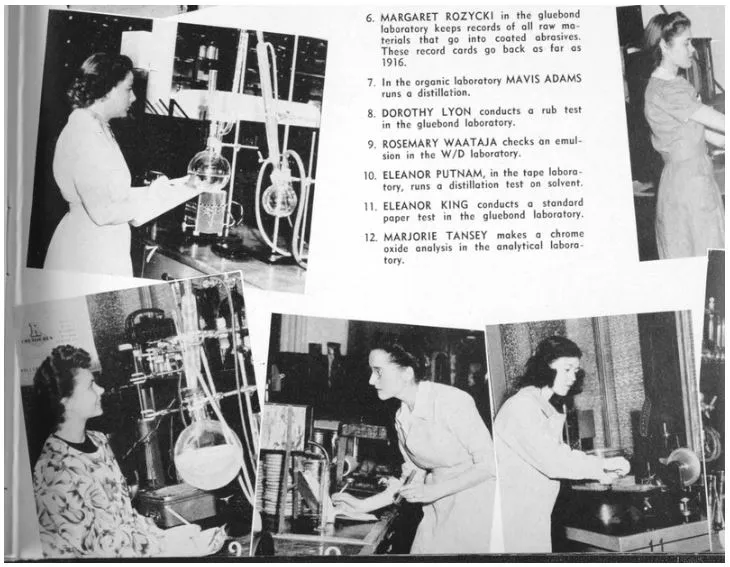1936- 1939: Labor, Near & Far
1936: The Steelworkers Organizing Committee launches its first successful organizing drive in Minnesota, winning representation for workers at the U.S. Steel plant in Duluth. The mines on the Iron Range soon follow.
1937: AFL President William Green, his federation challenged by the rival CIO, orders state and city central bodies to expel CIO unions. In Minnesota, many of the central bodies are reluctant to carry out the expulsion order handed down by the national officials. However, orders to these groups finally result in the dropping, one after another, of the CIO affiliates. That autumn, CIO unions in Minnesota form their own organization.
1937: Workers at Greyhound, the national bus line founded in Hibbing, unionize. In 1990, workers at the company engage in a three-year strike, with the company eventually seeking bankruptcy protections.
1937: Members of the Hotel & Restaurant Employees & Bartenders win a contract covering Twin Cities hotels.
1937: The International Brotherhood of Electrical Workers achieves its first contract with Northern States Power Company (today Xcel Energy).
1937: Workers at Duluth’s Woolworth stores strike for and win a $16 minimum weekly wage.
1937: The Civil Service system is established for state employees in Minnesota.
1937: Members of the United Auto Workers take over General Motors factories in Flint, Michigan, in a struggle that eventually leads to the organization of the entire U.S. auto industry. They utilize the sit-down strategy that had been pioneered by Hormel workers in Minnesota.
1937: For much of human history, skills have been transferred from one generation to another through some form of apprenticeship. In 1937, Congress passed the National Apprenticeship Act to promote apprenticeship and set standards. In Minnesota, the Apprenticeship Advisory Council holds its first meeting in 1939. Since that time, the state has registered more than 110,000 apprentices, many in the Building Trades.
1938: Congress passes the Fair Labor Standards Act that creates a national minimum wage and requirement of overtime pay for work beyond 40 hours per week.
1938: An important step for many female clerical workers is reached when union organizer Florence Huber raises the membership of Stenographer, Bookkeeper and Tax Accountants Local 17661 from 23 in 1936 to more than 600. With so few women working as union organizers, Huber faces open hostility and sexism.
1939: The Minnesota Legislature passes a Minnesota Labor Relations Act, patterned after the National Labor Relations Act. It covers workers at small, private sector employers exempted from the federal legislation.

